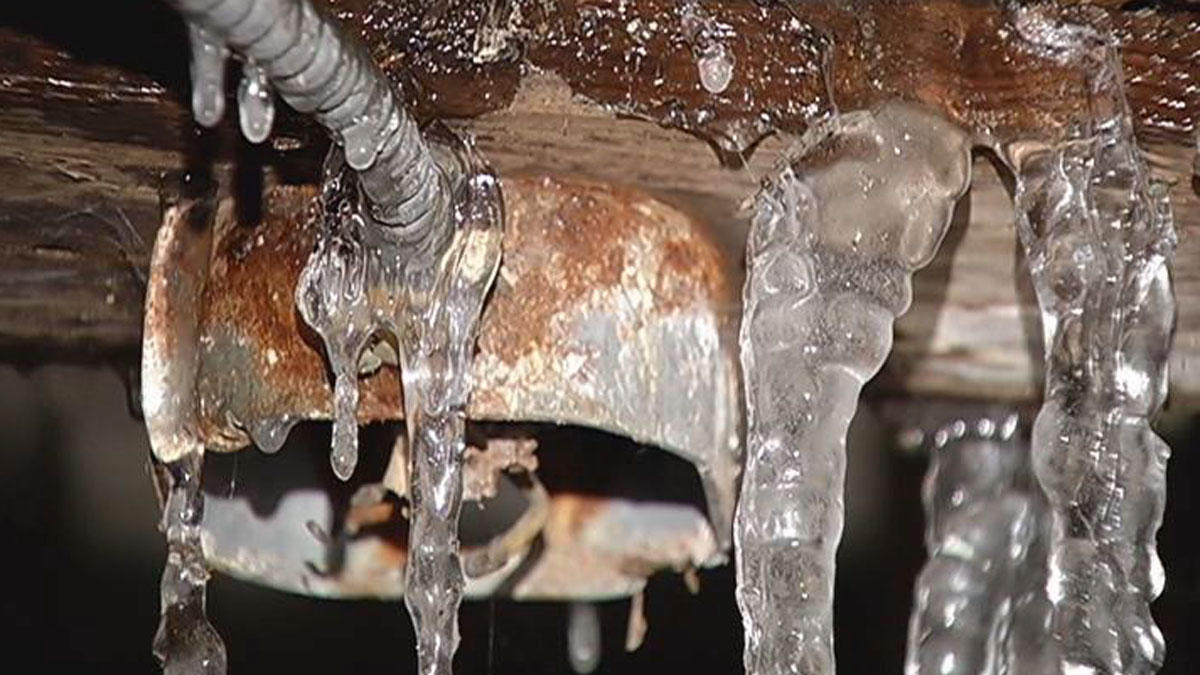Protecting Pipes from Freezing Issues: Essential Tips
Protecting Pipes from Freezing Issues: Essential Tips
Blog Article
We've stumbled on this post about How to prepare your home plumbing for winter weather below on the net and thought it made perfect sense to share it with you here.

Cold weather can wreak havoc on your pipes, especially by freezing pipes. Right here's how to stop it from occurring and what to do if it does.
Introduction
As temperature levels decline, the risk of icy pipes rises, potentially leading to pricey repair services and water damages. Comprehending just how to stop icy pipelines is critical for house owners in cold environments.
Comprehending Icy Pipes
What causes pipelines to freeze?
Pipelines freeze when revealed to temperatures listed below 32 ° F (0 ° C) for extended durations. As water inside the pipes ices up, it expands, taxing the pipe wall surfaces and potentially creating them to burst.
Dangers and problems
Frozen pipes can bring about water system disturbances, residential property damages, and expensive repair work. Ruptured pipelines can flooding homes and create extensive structural damage.
Indications of Frozen Water Lines
Recognizing icy pipelines early can stop them from bursting.
How to determine icy pipelines
Seek lowered water circulation from taps, unusual odors or noises from pipelines, and noticeable frost on revealed pipelines.
Avoidance Tips
Protecting susceptible pipes
Cover pipelines in insulation sleeves or utilize heat tape to shield them from freezing temperature levels. Concentrate on pipes in unheated or external areas of the home.
Heating techniques
Maintain interior areas adequately warmed, particularly locations with plumbing. Open cabinet doors to allow warm air to flow around pipelines under sinks.
Shielding Exterior Pipes
Garden hoses and outdoor taps
Detach and drain garden tubes prior to winter. Set up frost-proof faucets or cover exterior faucets with protected caps.
What to Do If Your Pipelines Freeze
Immediate actions to take
If you believe icy pipes, maintain taps open to eliminate stress as the ice melts. Use a hairdryer or towels soaked in warm water to thaw pipelines gradually.
Long-Term Solutions
Architectural changes
Take into consideration rerouting pipelines far from outside wall surfaces or unheated locations. Include added insulation to attic rooms, cellars, and crawl spaces.
Updating insulation
Purchase top notch insulation for pipelines, attics, and walls. Proper insulation aids keep regular temperature levels and decreases the risk of icy pipelines.
Final thought
Avoiding frozen pipelines needs proactive actions and fast reactions. By understanding the reasons, signs, and safety nets, house owners can protect their pipes during winter.
5 Ways to Prevent Frozen Pipes
Drain Outdoor Faucets and Disconnect Hoses
First, close the shut-off valve that controls the flow of water in the pipe to your outdoor faucet. Then, head outside to disconnect and drain your hose and open the outdoor faucet to allow the water to completely drain out of the line. Turn off the faucet when done. Finally, head back to the shut-off valve and drain the remaining water inside the pipe into a bucket or container. Additionally, if you have a home irrigation system, you should consider hiring an expert to clear the system of water each year.
Insulate Pipes
One of the best and most cost-effective methods for preventing frozen water pipes is to wrap your pipes with insulation. This is especially important for areas in your home that aren’t exposed to heat, such as an attic. We suggest using foam sleeves, which can typically be found at your local hardware store.
Keep Heat Running at 65
Your pipes are located inside your walls, and the temperature there is much colder than the rest of the house. To prevent your pipes from freezing, The Insurance Information Institute suggests that you keep your home heated to at least 65 degrees, even when traveling. You may want to invest in smart devices that can keep an eye on the temperature in your home while you’re away.
Leave Water Dripping
Moving water — even a small trickle — can prevent ice from forming inside your pipes. When freezing temps are imminent, start a drip of water from all faucets that serve exposed pipes. Leaving a few faucets running will also help relieve pressure inside the pipes and help prevent a rupture if the water inside freezes.
Open Cupboard Doors
Warm your kitchen and bathroom pipes by opening cupboards and vanities. You should also leave your interior doors ajar to help warm air circulate evenly throughout your home.

As a serious person who reads on How To Avoid Freezing Pipes, I assumed sharing that portion was mandatory. Enjoyed reading our entry? Please quickly share it. Let other people discover it. We thank you for reading our article about Preventing and dealing with frozen pipes.
Call Today Report this page